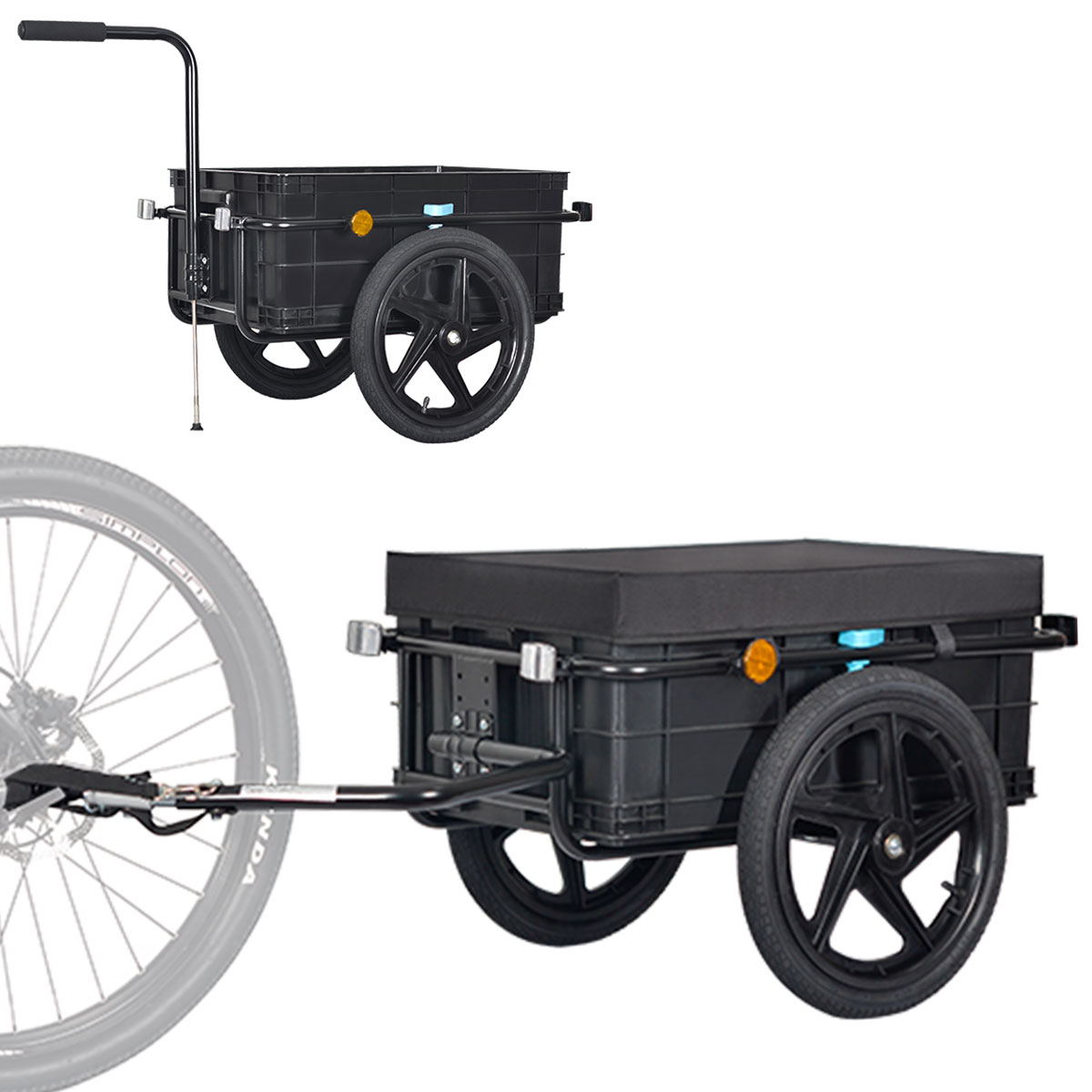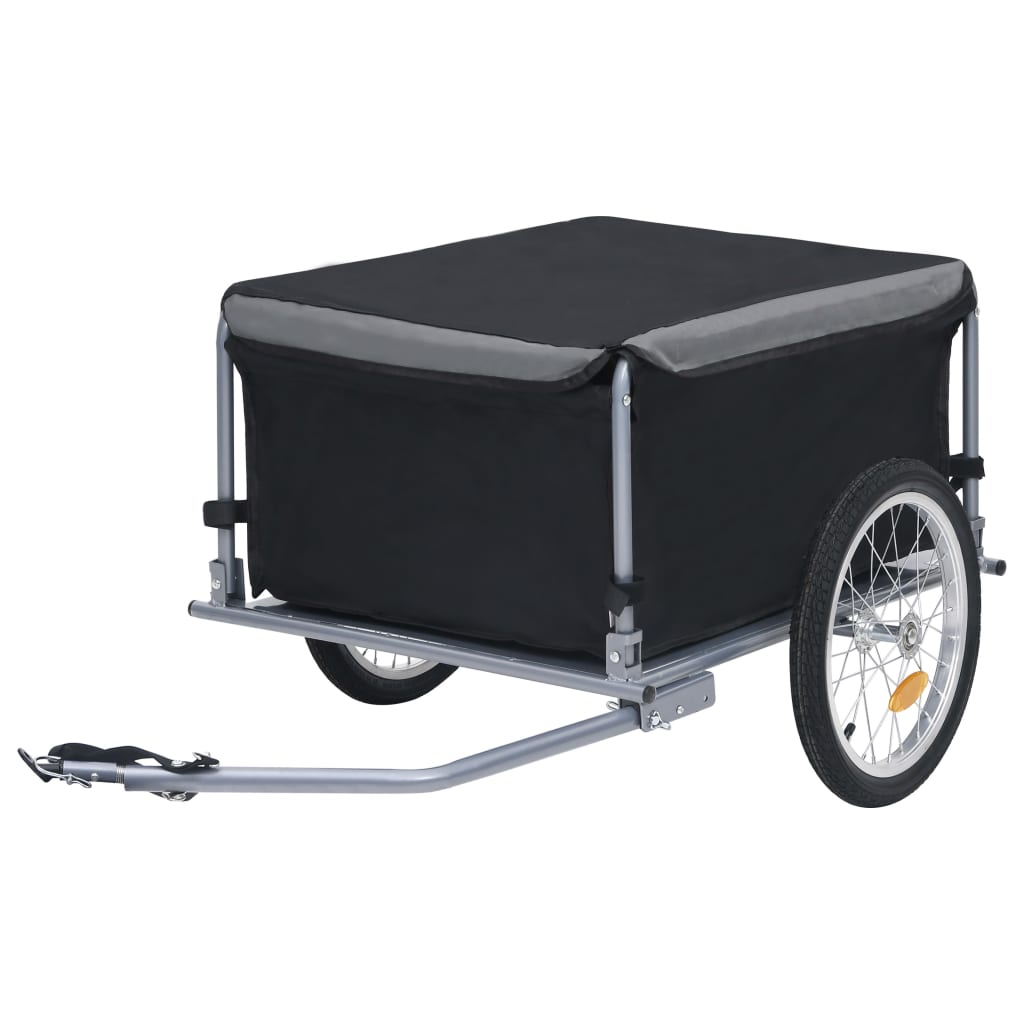
TIGGO VS Plus Fahrrad Lastenanhänger & Handwagen mit 70 Liter Transportbox Fahrradanhänger Transportanhänger – TIGGO-SHOP

Kargo Flex, Kargo, Cargo, Fahrradanhänger, Lastenanhänger, Fahrrad- Lastenanhänger, Kupplung, Deichsel

Wiltec Fahrrad Lastenanhänger bis 65 kg mit umklappbarer Deichsel & Schnellkupplung : Amazon.de: Sport & Freizeit

Kargo Comfort, Kargo, Cargo, Fahrradanhänger, Lastenanhänger, Fahrrad- Lastenanhänger, Kupplung, Deichsel

Transportanhänger Red Loon Cargo Fahrradanhänger Lastenanhänger in Rheinland-Pfalz - Haßloch | Fahrrad Zubehör gebraucht kaufen | eBay Kleinanzeigen
















